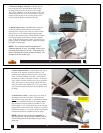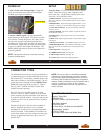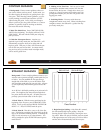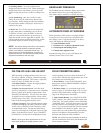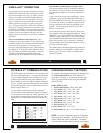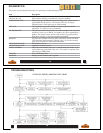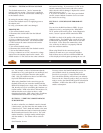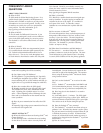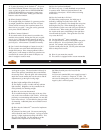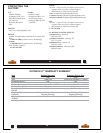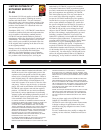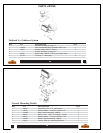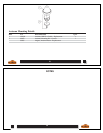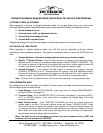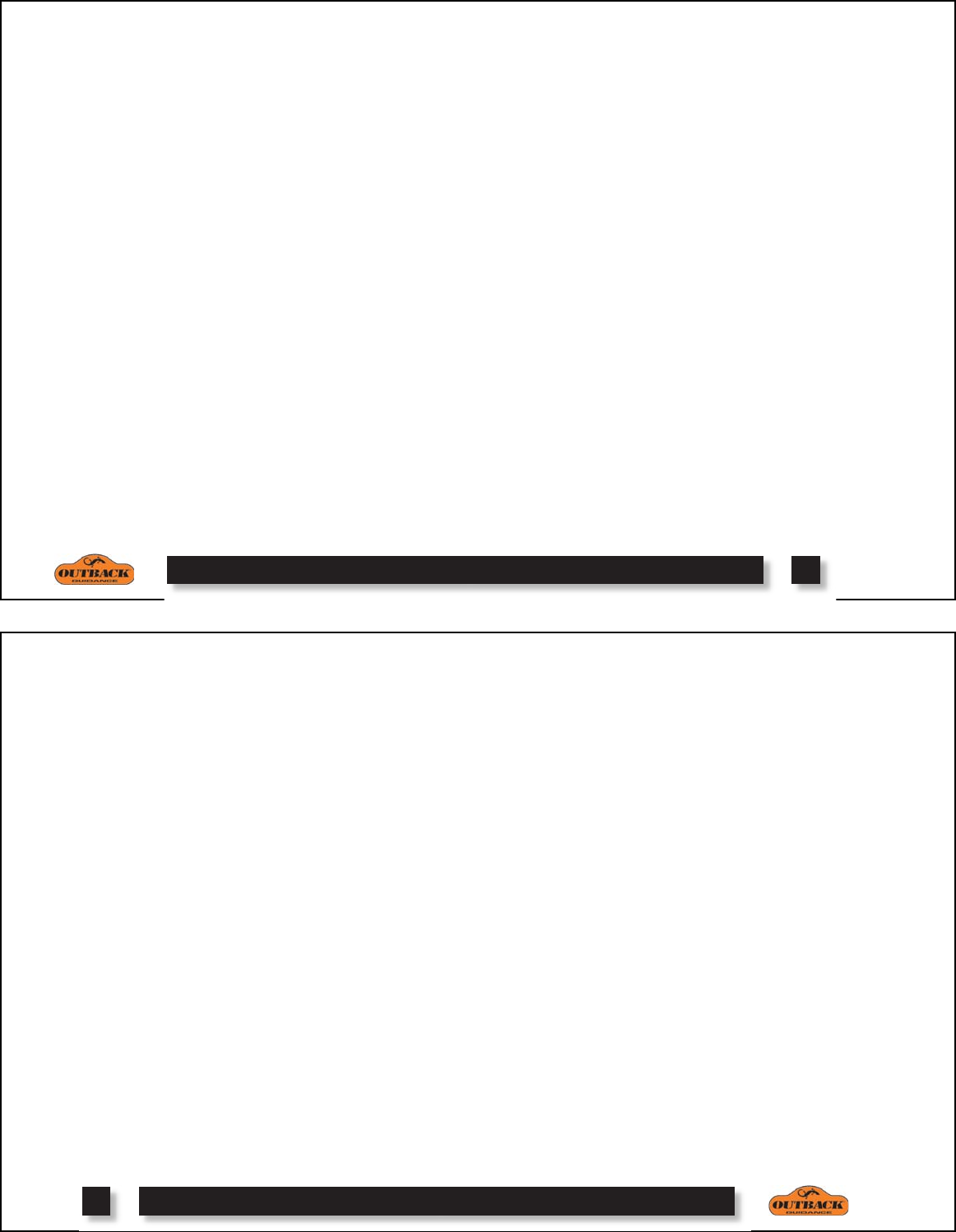
FREQUENTLY ASKED
QUESTIONS
ABOUT GPS GUIDANCE
Q: What is GPS?
A: GPS stands for Global Positioning System. It's a
satellite based signal operated by the Department of
Defense and is available to anyone to provide position
information to receivers on the ground. Usually, sever-
al satellites are used by the receiver to pinpoint the
exact position. For more information, go to
http://gps.faa.gov/Basics/basics.htm.
Q: What is DGPS?
A: The D stands for Differential Correction. It just
means that a second signal is used to correct inherent
errors in the GPS signal making it even more precise.
The Outback S
TM
can utilize either WAAS or L-Band
correction.
Q: What is WAAS?
A: WAAS stands for Wide Area Augmentation System.
It is a satellite based correction signal operated by the
U.S. Federal Aviation Administration and is free to
those who use it. The service works throughout most
of North America from Mexico north to the 55th paral-
19
lel in Canada. WAAS is not available currently any-
where else in the world. For more information about
WAAS contact the FAA at
http://gps.faa.gov/Programs/WAAS/waas.htm.
Q: What is L-BAND?
A: L-BAND is a satellite based correction signal oper-
ated by OmniStar. It requires paying an annual sub-
scription for the use of the signal. It is available in
most parts of the world. To subscribe, contact
OmniStar at www.omnistar.com or phone 888-666-
4782.
Q: How accurate is Outback S
TM
DGPS?
A: In normal operations where each subsequent pass is
being made within minutes of the last, swath to swath
accuracy is just a few inches. The more lapsed time
from one pass to the next may increase the chance for
additional error. Driving error is usually greater than
GPS error. The Outback S
TM
provides a Steering
Guide
TM
to improve driving.
Q: What about Foam Markers and Disk Markers?
A: The answer is … use them if they help. The best
guidance is whatever works for the operator. The more
visual indications to guide from the better. One thing
is certain, GPS Guidance will be the primary guidance
means and everything else will be secondary.
Q: Can I plant using GPS Guidance?
A: GPS guidance is a great planting aid. Especially
for making the straightest rows possible. We recom-
mend combining the use of disk markers and GPS giv-
ing the driver every possible advantage he could have.
Q: How does weather affect the GPS signal?
A: Weather normally does not affect the GPS signal.
This includes rain, sleet, snow, thunderstorms and
wind. Lightning isn't a problem unless it's a close
strike. A direct lightning strike will damage the unit.
Snow and ice accumulation on the antenna can also
cause a problem.
Q: How do power transmission lines affect the GPS
signal?
A: Normally, high voltage power transmission lines do
not affect the GPS signal at all.
ABOUT OUTBACK S
TM
Q: What's the difference between Steering Guide
TM
and
Current Position?
A: The Steering Guide
TM
calculates the nose heading
for the driver to steer in order to correctly follow the
20
intended path. Current Position only reports the dis-
tance left or right of the intended path. The operator
drives using the Steering Guide
TM
and checks results
using Current Position.
Q: Can I use the Outback S
TM
as a receiver for other
uses?
A: Yes. Outback S
TM
accommodates both NMEA and
CAN communication protocol. You may contact the
factory at any time to get the latest compatibility list.
Q: How long does it take Outback S
TM
to attain a
usable signal?
A: It normally takes 2 - 5 minutes. The GPS signal
will be acquired first giving a yellow light. DGPS cor-
rection will then be acquired which gives a green light.
The vehicle can be in motion during this process.
Q: Does the Outback S
TM
have memory?
A: The Outback S
TM
records all movement as long as
guidance is on. When the Stop button is used to pause
the job, movement is not being recorded. When the job
is finished, the memory is erased. If historical data
needs to be collected and stored, another accessory is
required to be plugged into the Outback S
TM
to perform
that function.
Q: How do I erase memory?



